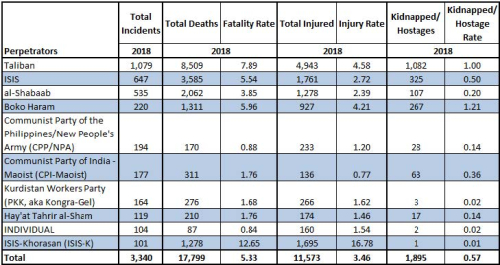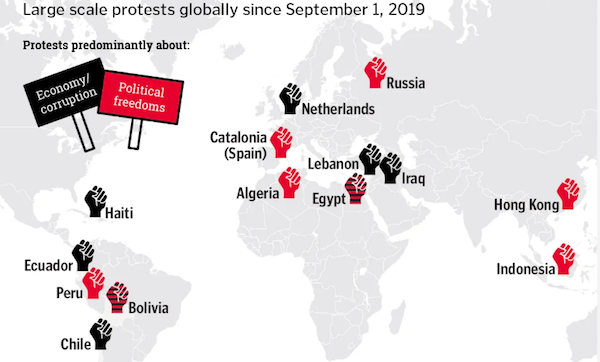The Daily Escape:

Cannon Beach, OR – 2020 photo by franks28
The short answer to the question above is no, not without outright financial support for individuals by the government. That support if it comes, is likely to be too little, too late.
But the Fed tried something. On Sunday, it announced that it slashed its federal funds rate by a full percentage point, to a target range between 0% and 0.25%. In addition, they launched a new Quantitative Easing program for another $700 billion.
Investors threw up all over the Fed’s Sunday moves, because we’re looking at a “demand shock”, the state-enforced loss of consumer sales,something that can’t be stimulated away. The S&P futures immediately plunged 5% to hit its downside limit. That made for an interesting Monday, with the Dow ending down nearly 3,000 points, or another 13%. In the past month, the market has lost nearly a third of its value.
All these efforts to provide stability actually showed the market that our leaders have no idea what they’re doing. It’s the exact opposite of inspiring confidence.
Did the Fed panic? Fed Chair Jay Powell lowered rates right after Trump said he had the authority to remove Powell. That makes it seem, true or not, like the Fed is now in Trump’s pocket. No confidence-builder there.
Looking through a wider lens, Mr. Market has decided that the Fed is pushing on a string. Rates were already so low that there was little gain from the interest rate reduction, and little else that the Fed could do. Mostly, the Fed signaled that it is very frightened about the prospect of a global recession.
In addition, the market understood that the stimulus bill working its way through the House and Senate is inadequate to the task ahead. For one thing, Pelosi’s bill promises paid sick leave, but as written it only covers about 20% of all workers.
Again through that wide-angle lens, the growing COVID-19 business lockdown strategy will have an economic impact similar to a natural disaster, like a hurricane, but played out over a longer time frame. FEMA has found that 40% of businesses close in a natural disaster. And of the businesses that reopen, only 29% survive the after the following two years.
Since our economy is 70% services, many industries facing the lockdown, like tourism, casinos, restaurants, and hotels, will soon be in meltdown mode. The Fed has no answer to a massive drop in consumer spending, only the president and Congress can solve that.
We know that 40% of Americans don’t have enough cash on hand or room on a credit card to handle a $400 emergency. Many service industry workers will be hit with either cutbacks in their hours, or outright job losses. Without financial assistance, we’ll quickly see defaults on rent or mortgages, and delinquencies on credit cards and car payments.
So the Fed creates some more money. But just like in 2008, rather than distributing it to every citizen, they’re giving it to the banks. Somehow, all that money is going to people who already have plenty, while those who need it get nada.
Why is the answer always to give more to the supposed “job creators” when we get basically nothing in return? Why not just send a check to the actual people who need it?
Finally, what will this interest rate cut do for the economy?
- Are restaurants going to start hiring workers that can’t actually come to work just because loans are cheap?
- Are workers not collecting a paycheck going to go out and buy a new car/TV/house because interest rates dropped a bit?
- Are banks going to lend cheap money to airlines, restaurants, and cruise lines when we have no idea how long this will last?
Every company on the planet has simultaneously realized that it is in an existential cash-flow crisis due to COVID-19. The big and smart companies already have drawn down their unused loan facilities to ride through the slowdown.
The slower and the smaller firms are staring at an economic nuclear-winter scenario where their revenue plunges for months, and they can’t pay their staff, or make their fixed payments.
The speed and comprehensiveness of the lockdowns, and their drastic impact make what’s going to happen very clear. Our leaders are in a fog of denial. They don’t see that much of what was the traditional mode of operating our system is crumbling.
During the 2008 financial crisis, we learned that events can move too quickly for anyone to intervene and limit the damage. Our business environment’s drive for highly efficient systems, from just-in-time inventory sourcing to reducing the number of hospital beds per capita, have created fragile systems that are now being stress-tested.
We may be learning, to our collective detriment, that all of these systems along with our leaders, have failed us.











